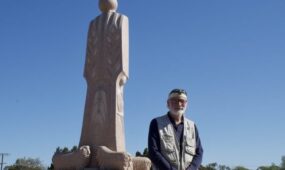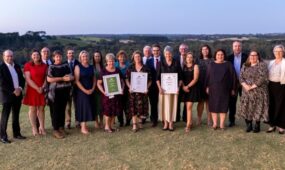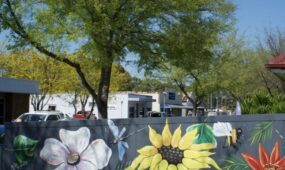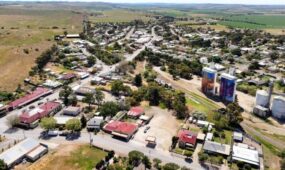SA 'Copper Kingdom' World Heritage bid a step closer
Regional
The backing of the state government has progressed the case for Cornish mining sites in Burra and Moonta to be considered for World Heritage status.

Sign up to receive notifications about new stories in this category.
Thank you for subscribing to story notifications.
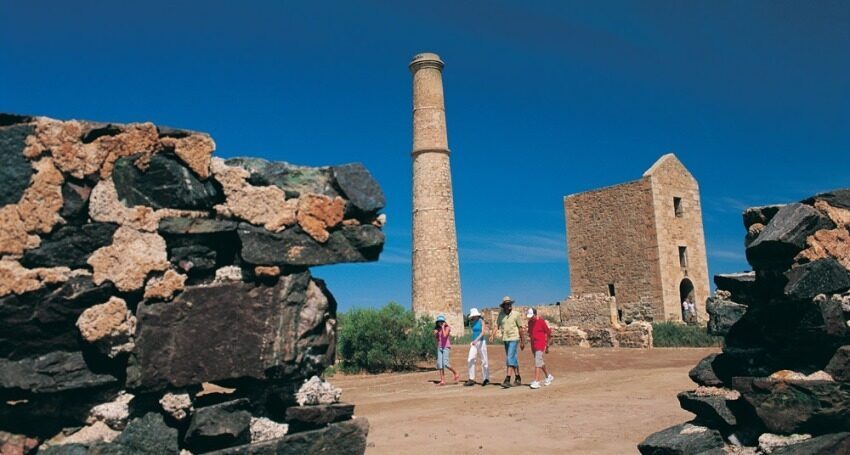
In 2017 the Federal Government put the Burra mines and the Moonta mines on the National Heritage List as the Australian Cornish Mining Sites: Burra and Moonta. Since then, the region has been attempting to get the sites upgraded to World Heritage.
The process took another step forward this month with Deputy Premier Hon Susan Close writing to federal Environment Minister Tanya Plibersek to tell the South Australian government backed the bid.
“The South Australian government supports the Regional Council of Goyder in its nomination of Burra and Moonta Mines for World Heritage listing, as they are exceptional evidence of Australia’s Cornish mining heritage and are a pre-eminent example in the world of the transfer of Cornish culture to another country,” Close wrote.
Regional Council of Goyder chief executive David Stevenson said the council welcomed the state government’s support.
“We have been working on the bid since 2018 and while progress was slowed during Covid we are now moving carefully forward again,” he said.
The council has employed Barry Gamble, a world-heritage consultant from the United Kingdom, to work with the Regional Council of Goyder, the Copper Coast Council and the National Trust of South Australia on a joint bid to get the mining sites on the list.
“There is still considerable work to do, including the outstanding universal values which are being prepared by our World Heritage advisor Barry Gamble,” Stevenson said.
“The state endorsement puts us one step closer, even though we have considerable work to do to realise our goal of World Heritage for Burra and Moonta, but little by little we are edging towards inscription.”
According to the council submission, “the Burra and Moonta mines represent the first transfer, in the 1840s, of Cornish mining technology to South Australia, which was also accompanied by the migration of miners and their families to the colony”. This then led to even greater migration across Australia, New Zealand and a wider expansion of the international mining frontier.
The South Australian sites comprise the “fullest, largest and distant transfer of this mining culture”, the submission adds.
As stated in the National Heritage listing, the Burra mines “represents a milestone in Australia’s history of mining” and the mine once referred to as a “monster mine” was the largest mine in Australia for the first 10 years of its operation.
Shortly after the Burra mines were up and running, copper was found in the nearby area. The town of Moonta was established to support the mine and its workers. Moonta’s mines established Australia as one of the world’s top exporters of copper and led to the region’s Copper Kingdom nickname.
Local Mayor Bill Gebhardt said the state government support was positive and would lead to greater benefits for the region.
“The State Government can see the benefits that will flow to the state and the region through increased tourism, economic growth and continued preservation and conservation of the state’s history,” Gebhardt said.
Jump to next article

